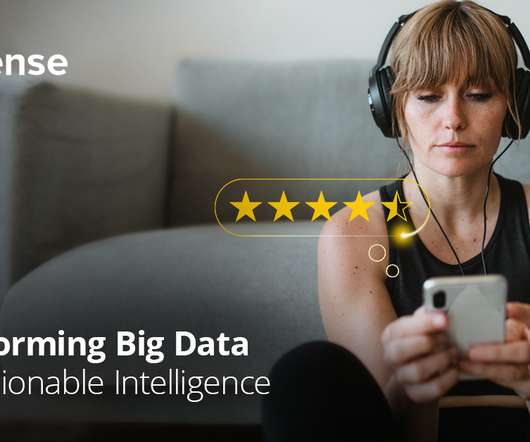Using Artificial Intelligence to Make Sense of IoT Data
BizAcuity
MARCH 1, 2019
There is a coherent overlap between the Internet of Things and Artificial Intelligence. IoT is basically an exchange of data or information in a connected or interconnected environment. As IoT devices generate large volumes of data, AI is functionally necessary to make sense of this data.

















Let's personalize your content